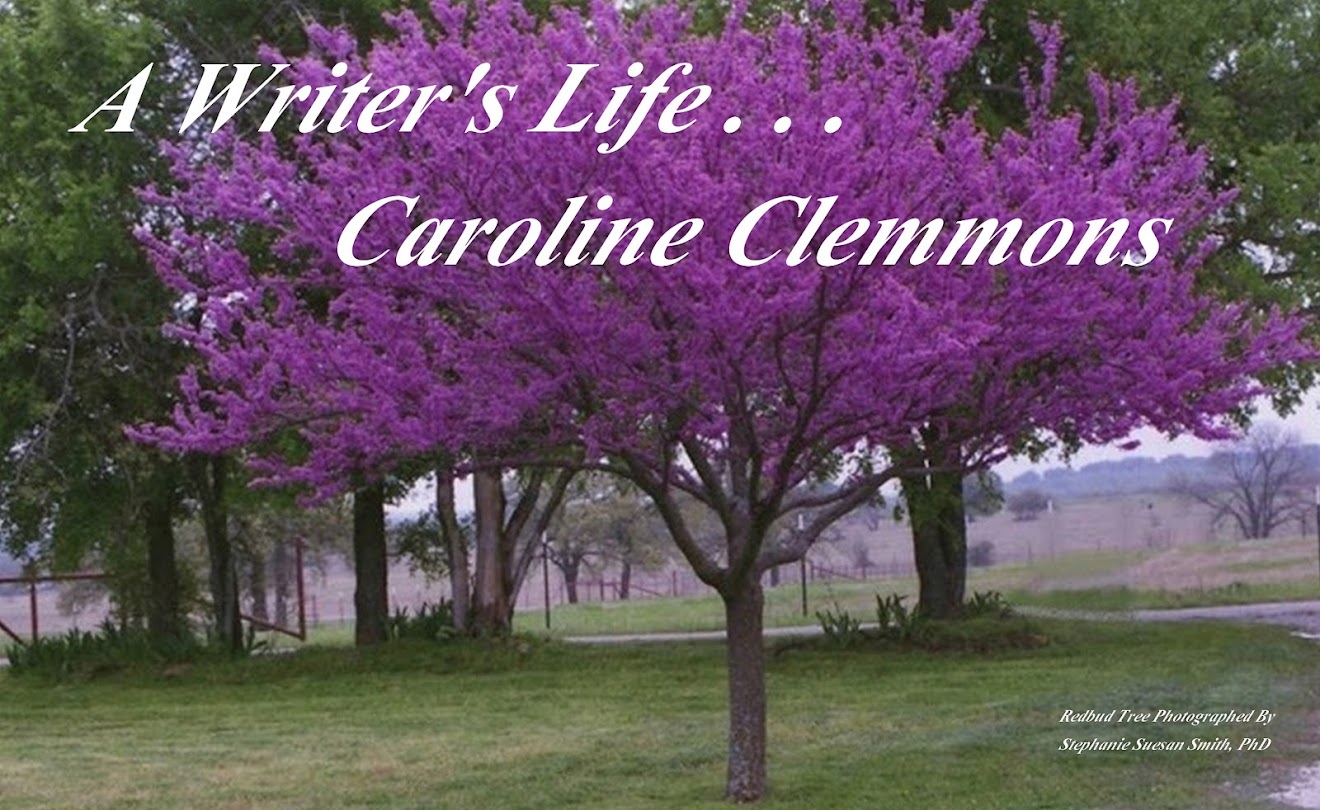Now here's today's treat, Sara Fasolino and her wine series:
 |
| Sara J. Fasolino, Wine Expert |
Sara J. Fasolino, CS, CSW, AM has written a series of booklets on buying, serving, and enjoying numerous types of wines. Today I’m reviewing her booklet titled CABERNET SAUVIGNON FOR BEGINNERS: A GUIDE TO BUYING AND ENJOYING WINE. Ms Fasolino’s publisher, 101 Publishing, has a FREE wine e-book for you at http://www.facebook.com/wineebooks/app_166013376782265 Check the type wine about which you wish to learn more, and you’ll be awarded a copy of that booklet. Yes, each person who goes to that Facebook site and fills out his or her choice, name, and email will receive a free copy. Great, right? I'd like to read each book, but I chose Reisling.
Years ago, Cabernet Sauvignon was the first wine I ever tasted. Hero and I sampled it and both enjoyed it. We knew nothing about choosing, however. We could have used Ms Fasolino's books back then. Wait, we still can. ☺ Although Cabernet Sauvignon is not my favorite (Reisling is), I enjoyed this book’s explanation and will implement her suggestions the next time I buy wine. Yes, the suggestions apply to wine in general as well as specifically Cabernet Sauvignon. Clearly, most of the book deals with that specialty, though.
“The term “Sauvignon” derives from the French word Sauvage, meaning “wild.” For centuries, the Cabernet Sauvignon grape was thought to be of ancient Roman origins because historians believed it had been referenced by Pliny the Elder. Others believed that it was of Spanish origin, and for a short time, the Cabernet Sauvignon grape was mistakenly referred to as Bidure or Petite Vidure."
Thanks to DNA testing at the University of California, Davis, we now know that Cabernet Sauvignon is a chance crossing between Cabernet Franc and Sauvignon Blanc. This discovery puts its true origins in the Bordeaux region of France.”
DNA testing for grapes, how great is that? Ms Fasolino also says that the cabernet sauvignon grape is vigorous with a thick skin and hearty rootstock found around the world. Each region, depending on climate and individual winemaker, creates a distinctive flavor. She is not a wine snob, and doesn’t denigrate wines from various regions other than France. In fact, Ms Fasolino gives many tips for buying and serving wine, such as:
“First, look at the label to see whether the wine is Old World or New World. Old World wines come from anywhere in Europe, but most often from France or Italy. If the wine is from one of these regions, it is likely to be labeled by the region as opposed to saying “Cabernet Sauvignon” on the label. In that case, there is a good chance that the wine is a blend of Cabernet Sauvignon and other grapes that are indigenous to the region.”
Ms Fasolino guides the beginner through choosing a wine, cost, region, serving suggestions, serving glass, and cost.
Whether you enjoy a daily glass or two of wine with dinner or if you only serve wine on special occasions, Ms Fasolino’s books will help you make the right choice.
On Wednesday, my friend Devon Matthews will be here.
Thanks for stopping by!



1 comment:
Welcome to the blog, Sara. Your book on Cabernet Sauvignon was both informative and interesting. Best wishes with sales. Thanks for the giveaway.
Post a Comment